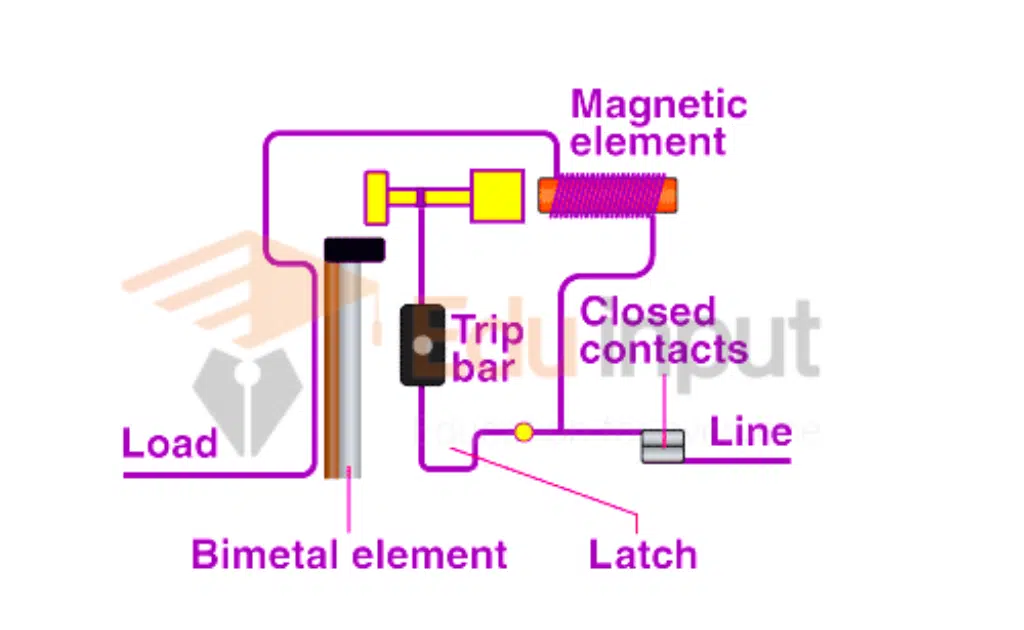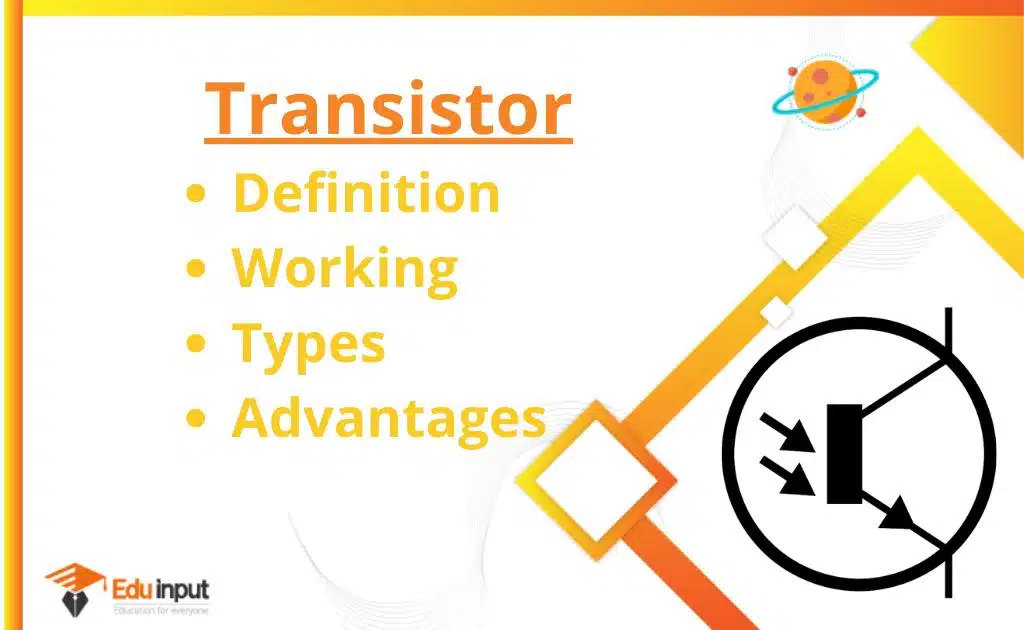Solar Cell-Definition, Application, Types, And Benefits
The solar cell, or photovoltaic cell, is an electronic device that converts the energy of light directly into electricity by the photovoltaic effect, which is a physical and chemical phenomenon.
Solar cell
Solar cell devices and solar panels are the electrical building blocks of photovoltaic modules. The common single junction silicon solar cell can produce a maximum open-circuit voltage of up to 0.6 volts, regardless of whether the source is sunlight or artificial light. They can also be used as a photodetector, detecting light or other radiation near the visible range, or measuring light intensity, in addition to producing energy.
The absorption of light, generating excitons, and unbound electron-hole pairs are some of the basic attributes required in the operation of a photovoltaic cell. The charge carriers of different types are separated. There is a separate electric circuit for those carriers to go to.
A solar thermal collector supplies heat by absorbing sunlight for the purpose of either direct heating or indirect electrical power generation from heat, as opposed to a solar thermal collector.
A “photoelectrolytic cell” is a type of photovoltaic cell that splits water into hydrogen and oxygen using only solar power or a device that splits water into hydrogen and oxygen using only solar power. The two means of generating solar power are photovoltaic cells and solar collectors.
Solar Cell Application
The difference between a “solar hot water panel” and a “solar thermal module” is that the solar modules that generate electrical power from sunlight are made from solar cells. A solar array uses solar energy to generate power.
Solar Panels and Module
Multiple solar cells in an integrated group, all oriented in the same plane, constitute a solar photovoltaic panel or module. There is a sheet of glass on the sun-facing side of the module that allows light to pass while protecting the wafers. The solar cells are connected in a way that creates a voltage.
A higher current can be achieved when cells are connected in parallel. Problems in paralleled cells such as shadow effects can shut down the weaker parallel string, which is a number of series connected cells, causing substantial power loss and possible damage because of the reverse bias applied to the shadowed cells by their illuminated partners. Shadowing power loss can be reduced by using shunt diodes with series and parallel connected cells.
Solar Cell Types
There are three broad types of solar cells and a newer development that is a mixture of the other two.
1. Crystalline Silicon Cells
Most of the solar cells are made from large ingots which are sliced from the wafers. These ingots take up to a month to grow and can either be single or multiple crystals. Single crystals are used to create monocrystalline solar panels and cells, while multiple crystals are used for polycrystalline panels and cells.
These solar cells use an n-type ingot, which is made by heating Silicon chunks with small amounts of Phosphorus, Antimony, and arsenic as the Dopant. The n-type ingot is coupled with a p-type Silicon layer, which uses boron as a dopant. The process for creating a junction between the n-type and p-type ingots was first devised in 1954. Monocrystalline cells have a distinctive appearance as well as being colored and cylindrical in shape.
These cells are cut into shapes, which can be wasteful, but still provide the highest levels of efficiency. Polycrystalline cells don’t need to be cut to shape as the Silicon is melted and poured into molds. Polycrystalline solar panels are seen as being a mid-range option in terms of price and efficiency.
2. Thin Film Solar Cells
Thin-film solar cells, also called thin-film photovoltaics, are 100 times thinner than Crystalline Silicon cells and are made from wafers that are just a fraction of a millimeter deep. In order to make these thin film solar panels and cells, the atoms are randomly arranged rather than in an ordered structure.
cadmium-telluride, copper indium gallium diselenide, or organic photovoltaic materials can be used to make these films. The cheapest way to make solar panels is to use these cells to create a module. The cells are able to be laminated onto windows, skylights, roofing tiles, and other structures.
Despite their flexibility, they are not as efficient as regular Silicon cells. Thin film cells can only produce around 7% efficiency, which is less than the 20% efficiency produced by crystalline Silicon cells. The very best CIGS cells do not reach 12% efficiency.
4. Third Generation Solar Cells
The latest solar cell technologies combine the best features of both crystalline and thin-film solar cells to provide high efficiency and improved practicality for use. They tend to be made from a variety of materials, and feature multiple junctions made from different materials.
These cells have the potential to be cheaper, more efficient, and more practical than other types of cells, and have been shown to be able to achieve 30% efficiency with a perovskite-silicon tandem solar cell.
Benefits of Solar Cells
Solar power is an energy source that is renewable and eco-friendly. Solar energy is available 24 hours a day without any pollution. In most cases, solar panels cost much less than electricity produced by coal, gas, and other forms of energy.
People are using solar power for a very long time, but still, most people are not aware of solar power. When people think of solar energy, they think that it is something for old people but it is not. If you are planning to buy a new home, then it is the right time to go for a solar panel installation. If you are thinking of buying a new car, then it is the right time to install solar panels.
1. Save money
If you are thinking of saving money, then you can use solar power. Solar panels save a lot of money, and if you use solar energy instead of electricity, you will save thousands of dollars.
2. Keep the environment clean
Using solar energy keeps the environment clean and no pollution is caused by it.
3. Get better ROI
It is estimated that, if you invest in a solar energy system, you will get at least 1.5 times the return on investment.
4. Provide energy to those in need
If you have any extra space in your house, then it is possible to provide shelter to people who have nothing. By installing a solar panel, you will be providing energy to those people who have no access to electricity.
5. Provide an opportunity for children
Children who are studying in school and college will learn a lot of things by using solar energy. They will be more conscious of the environment and they will start learning more about the use of energy.






Leave a Reply